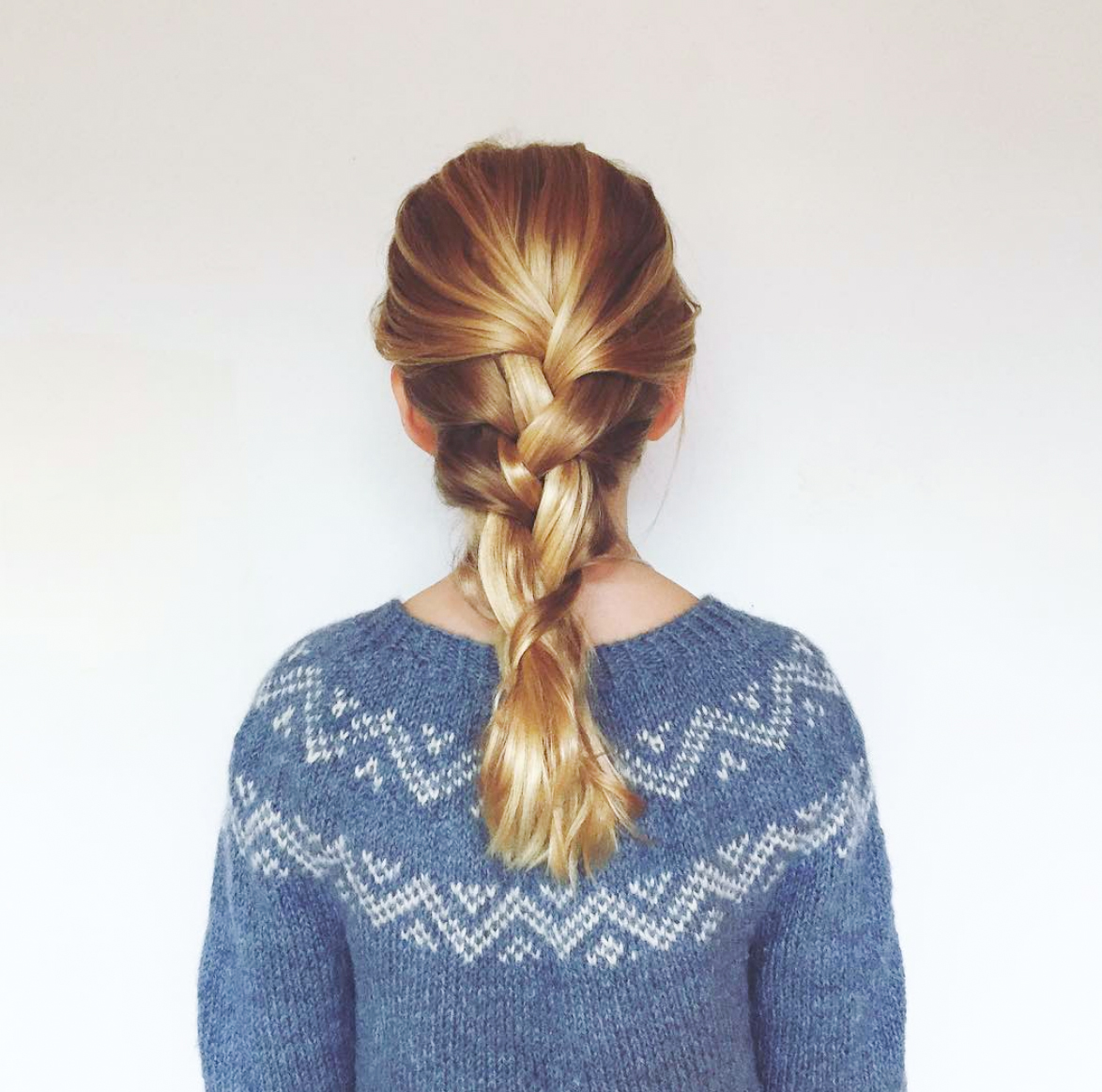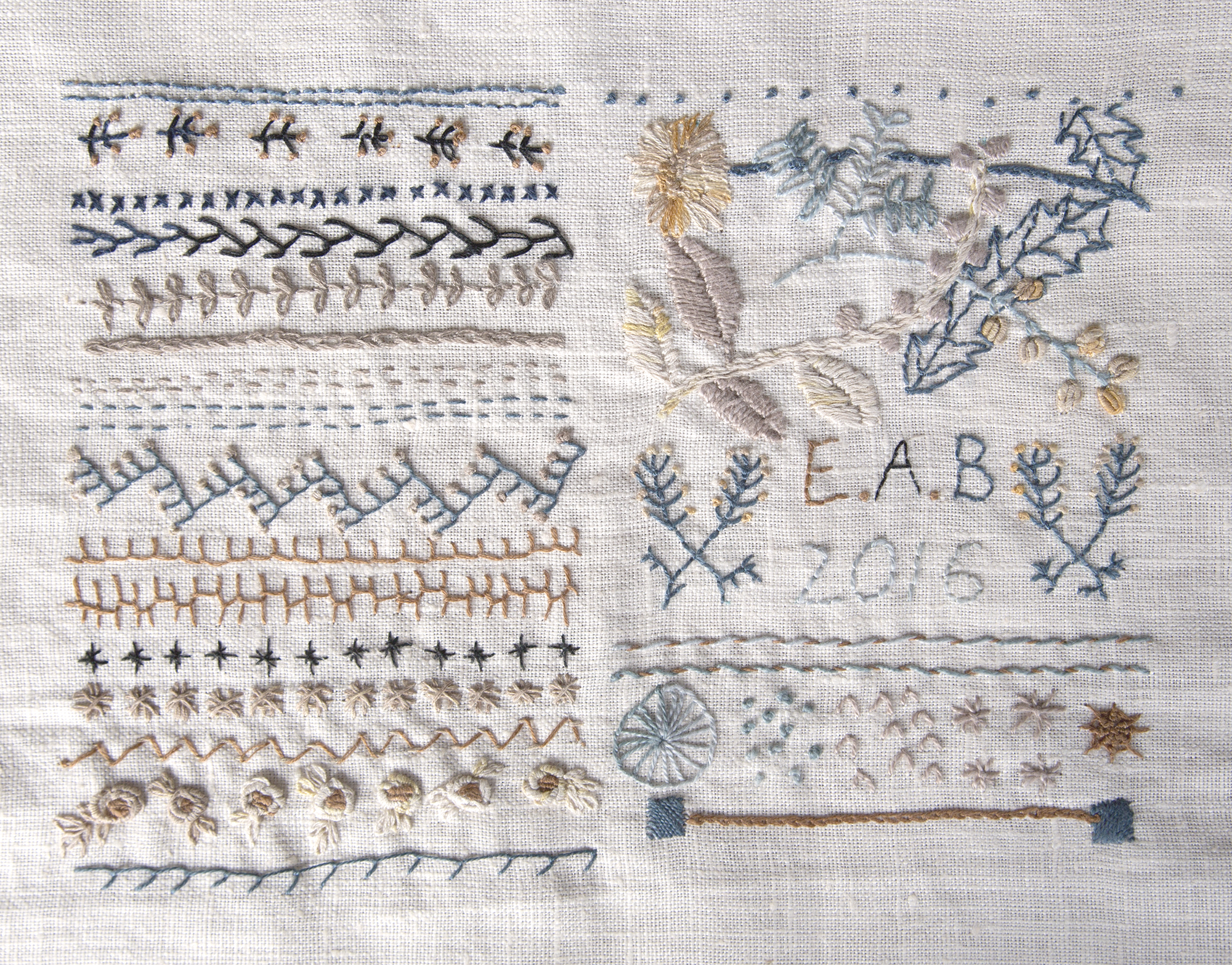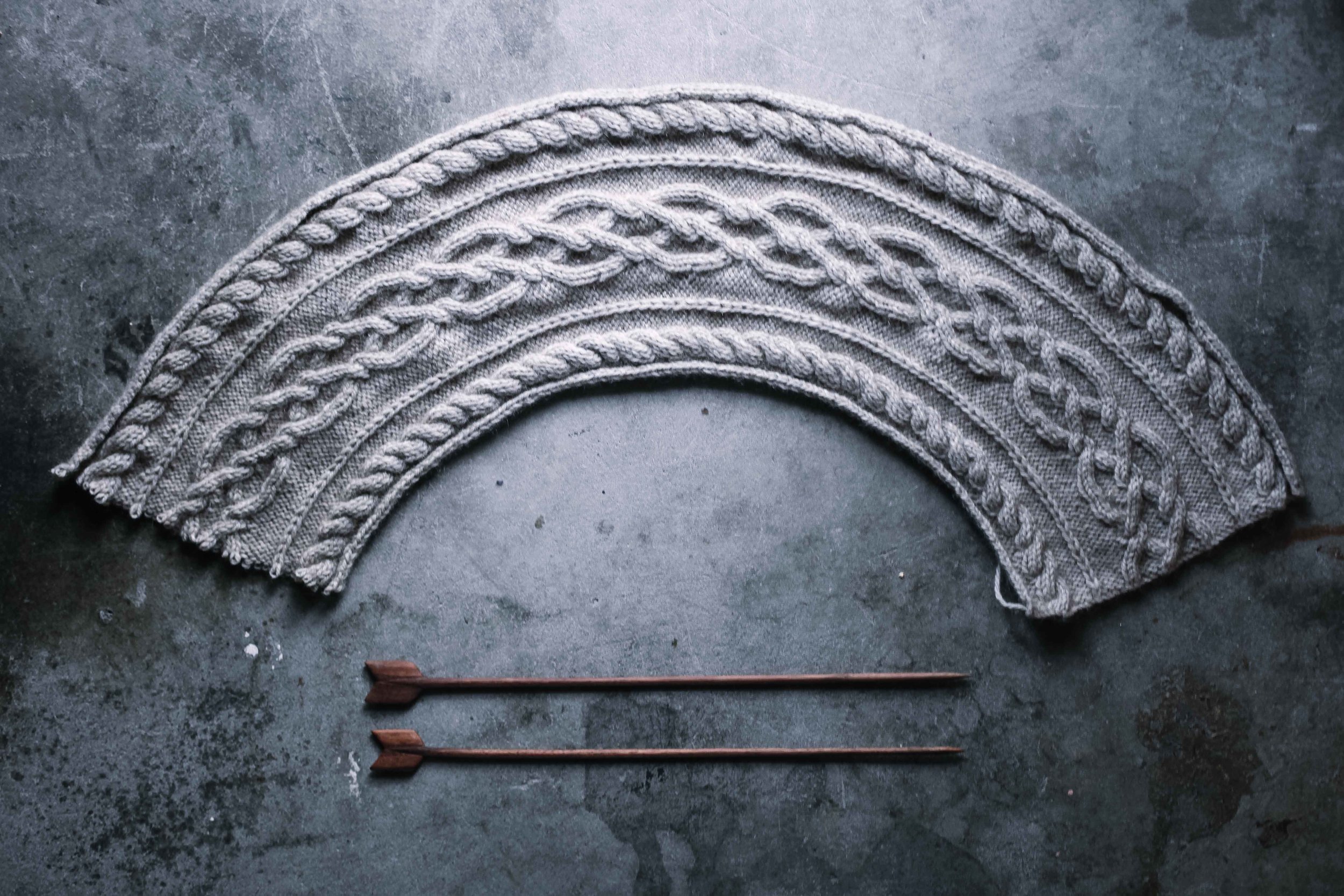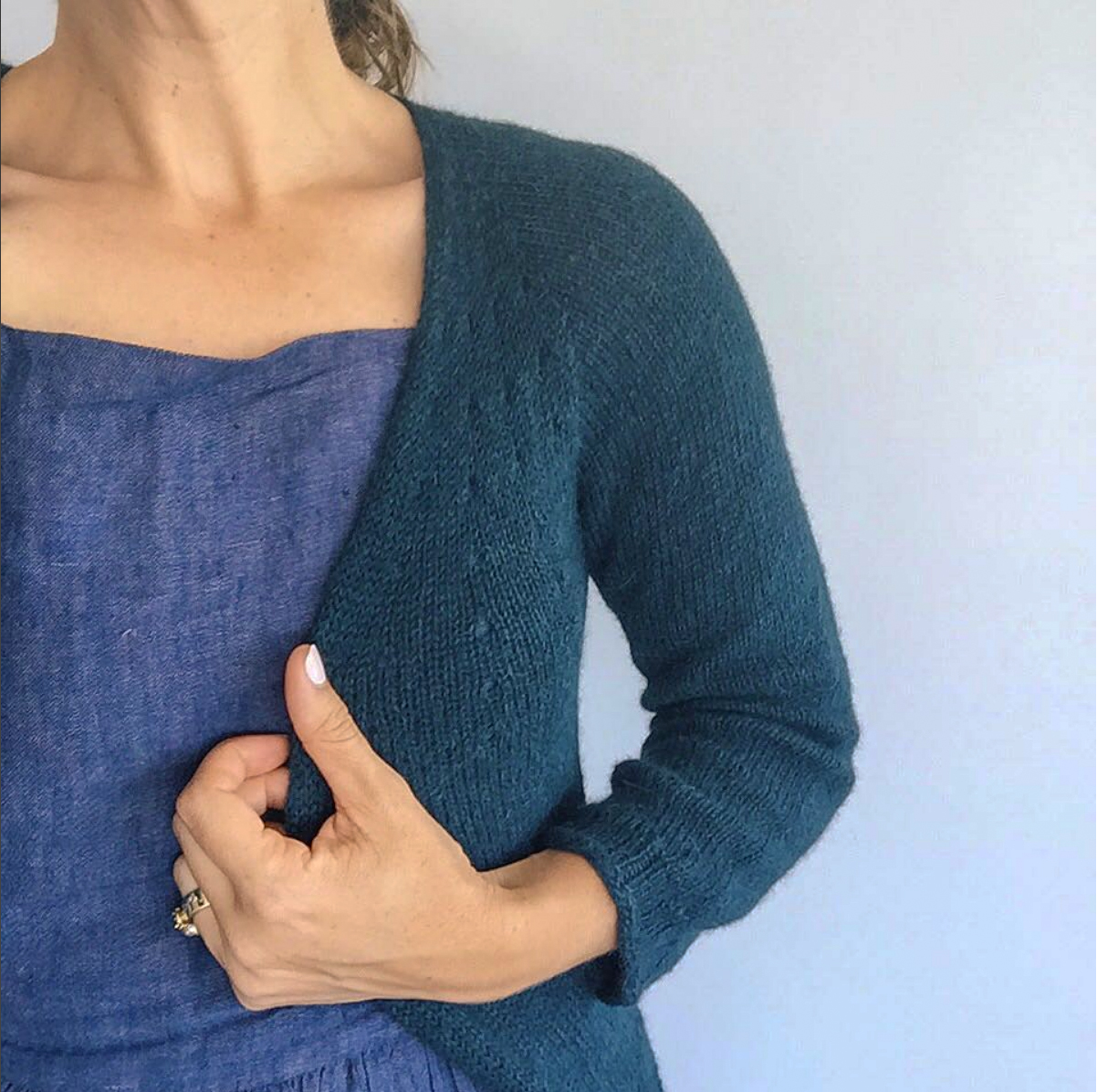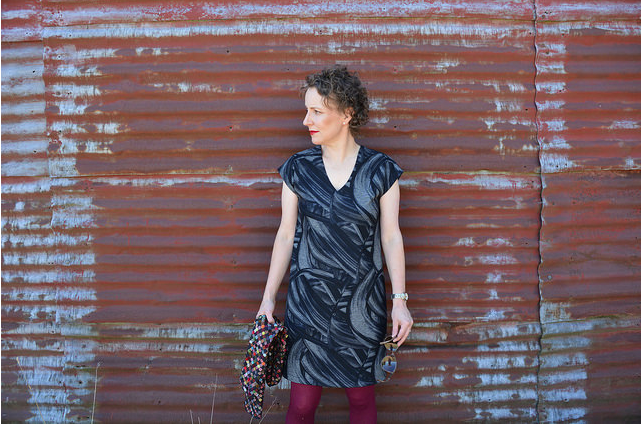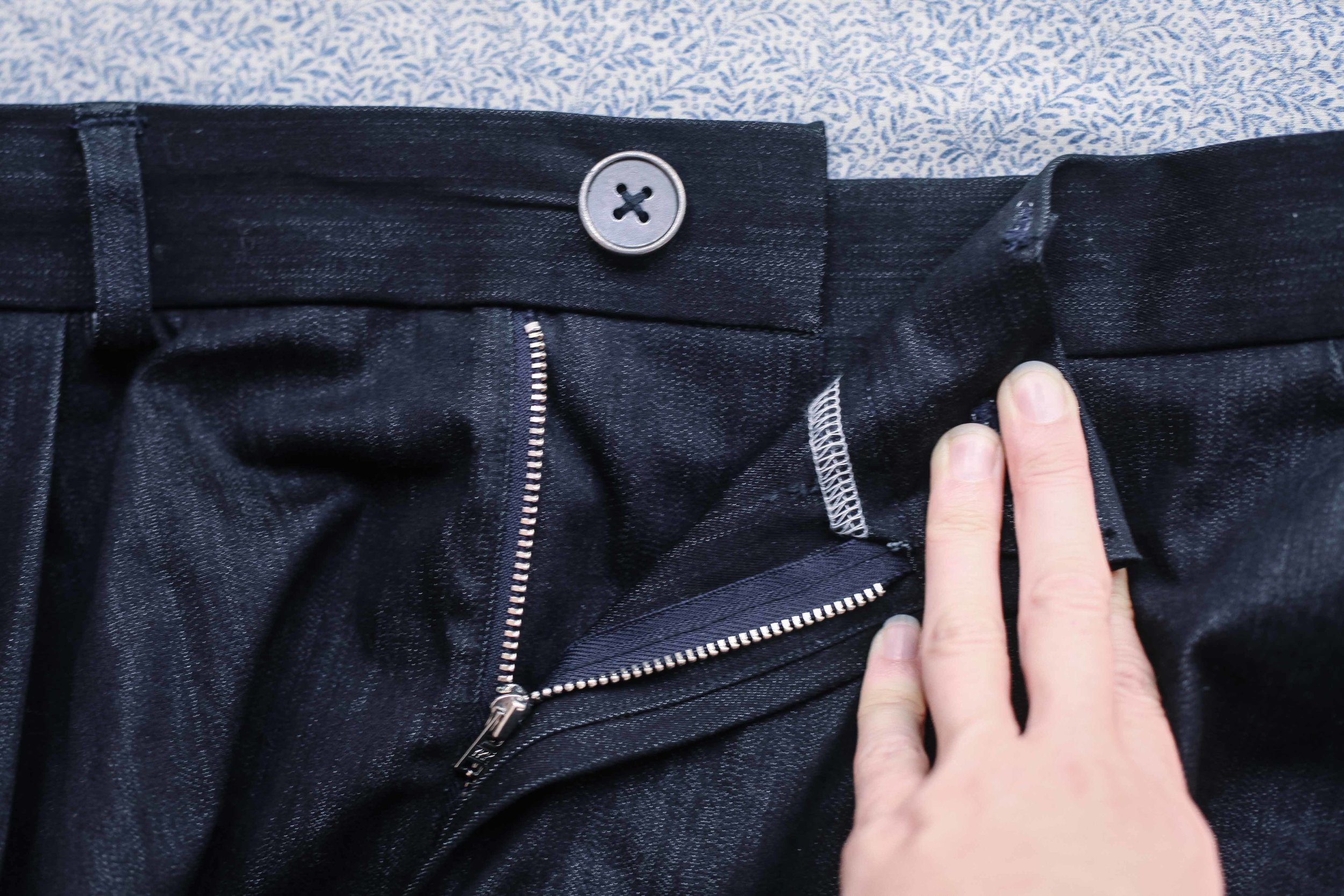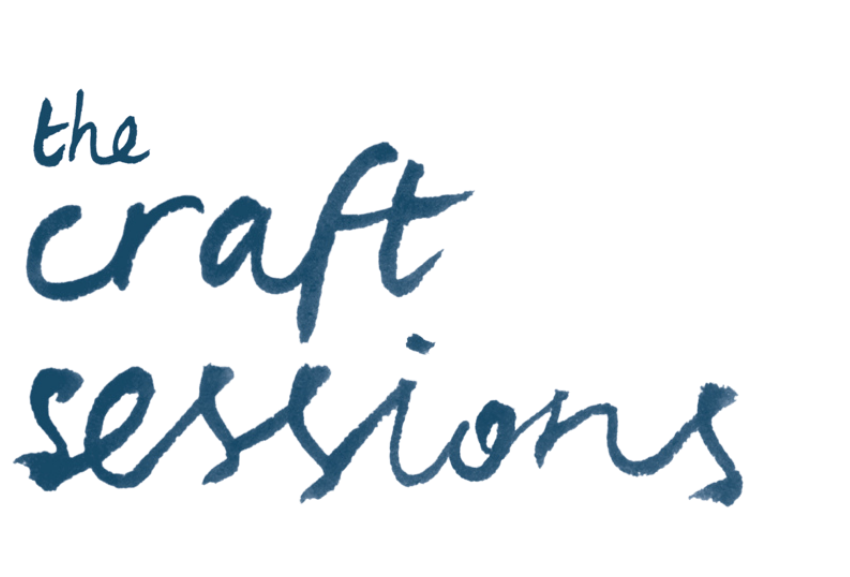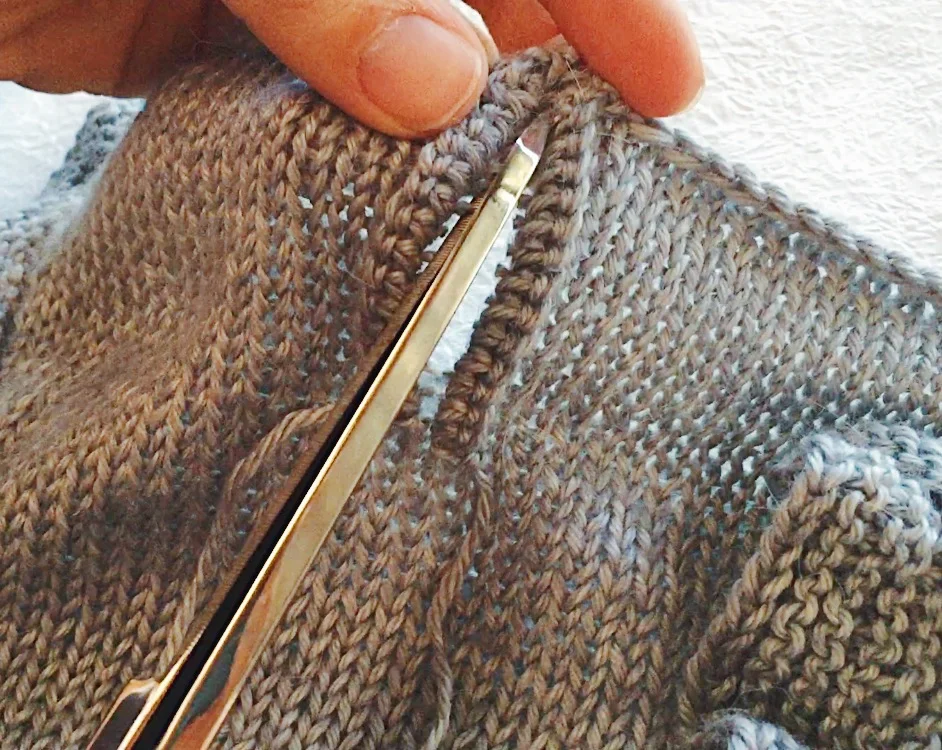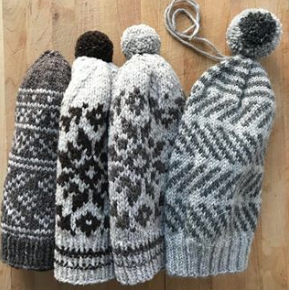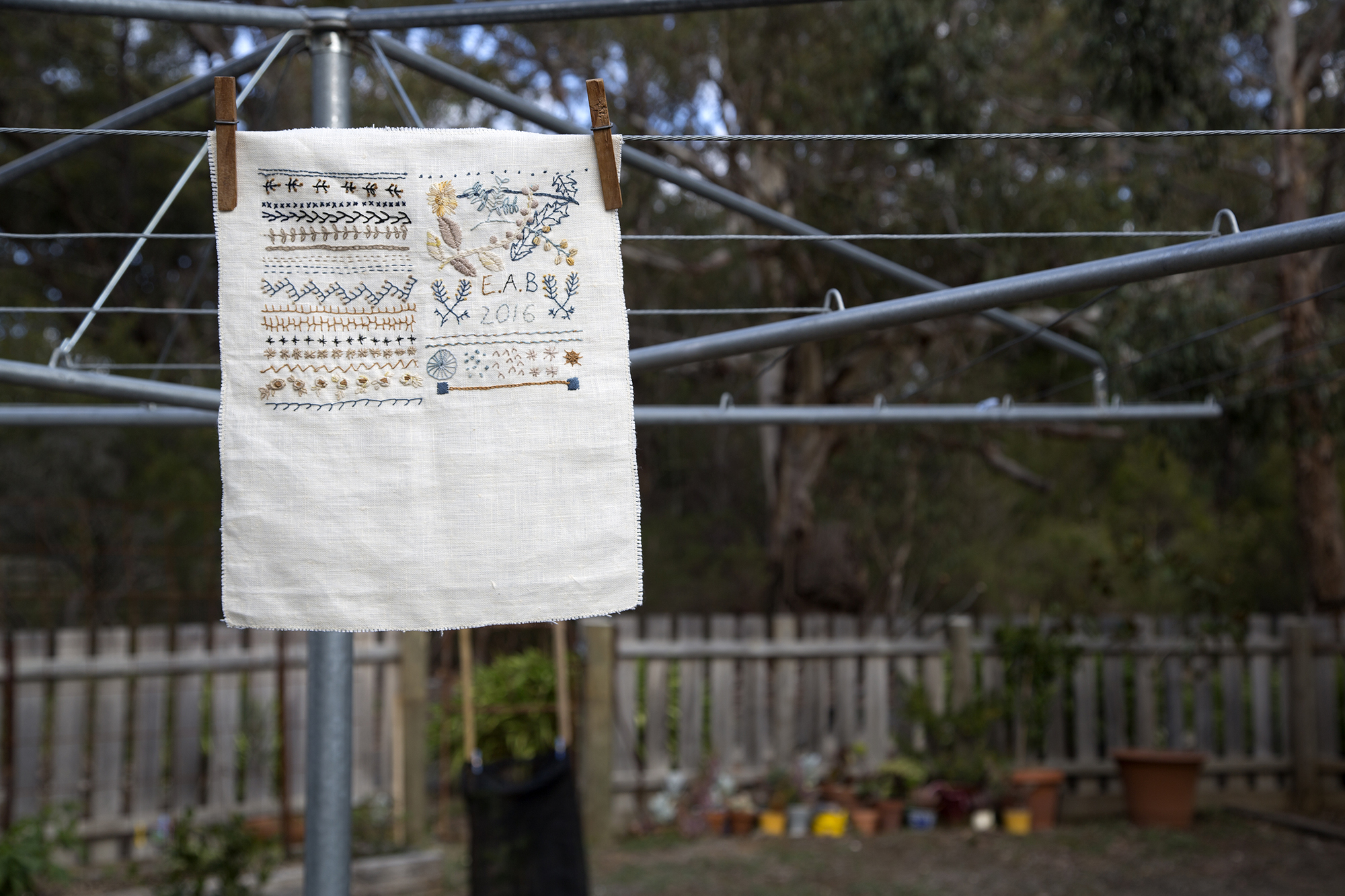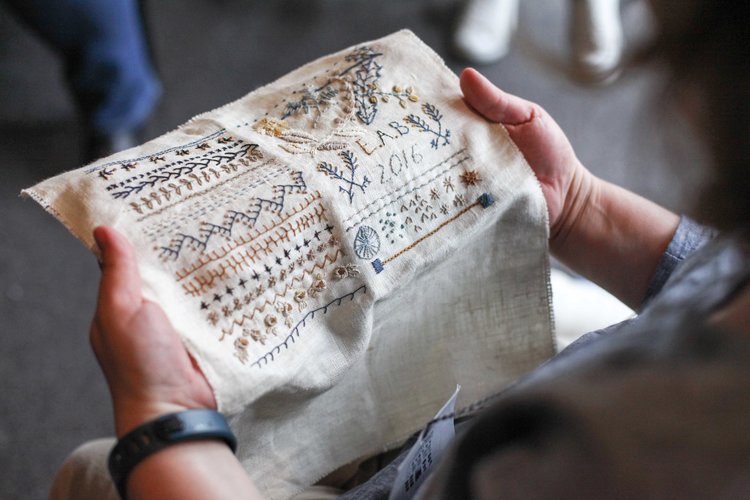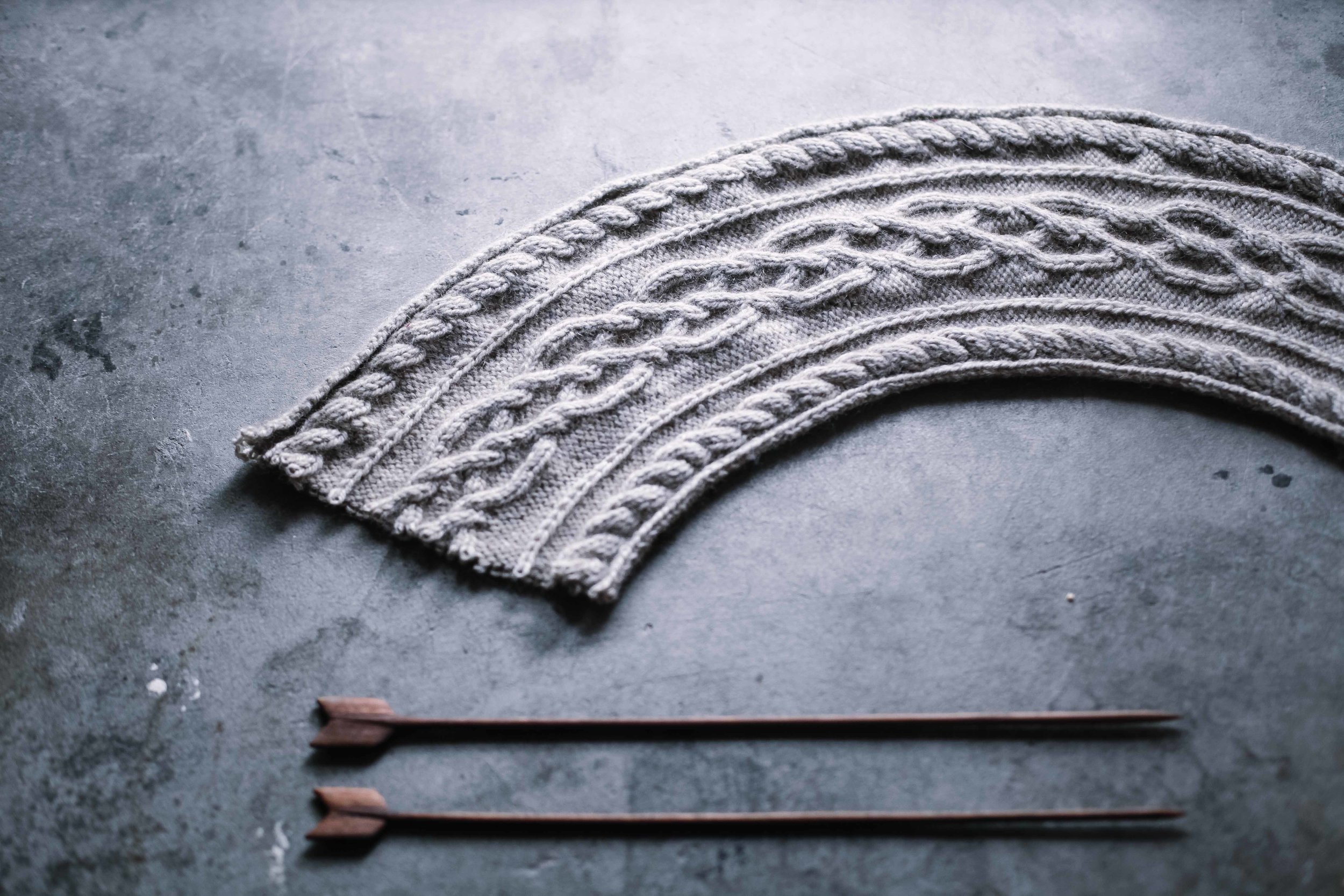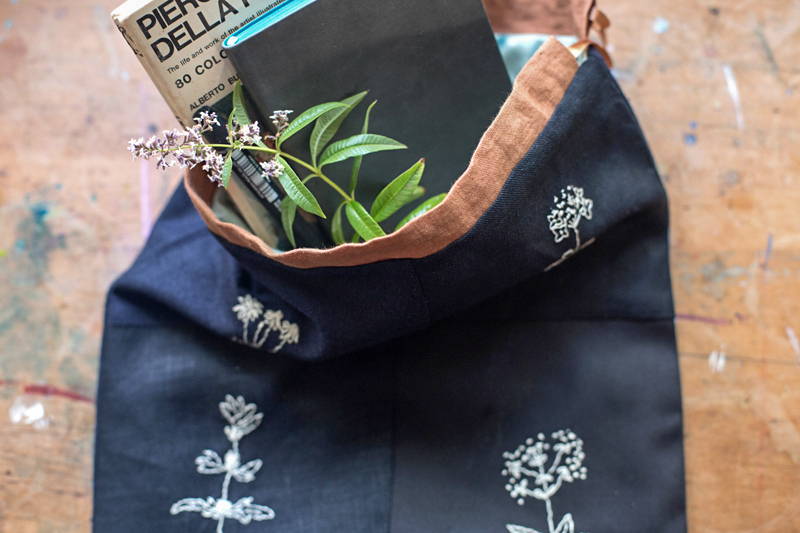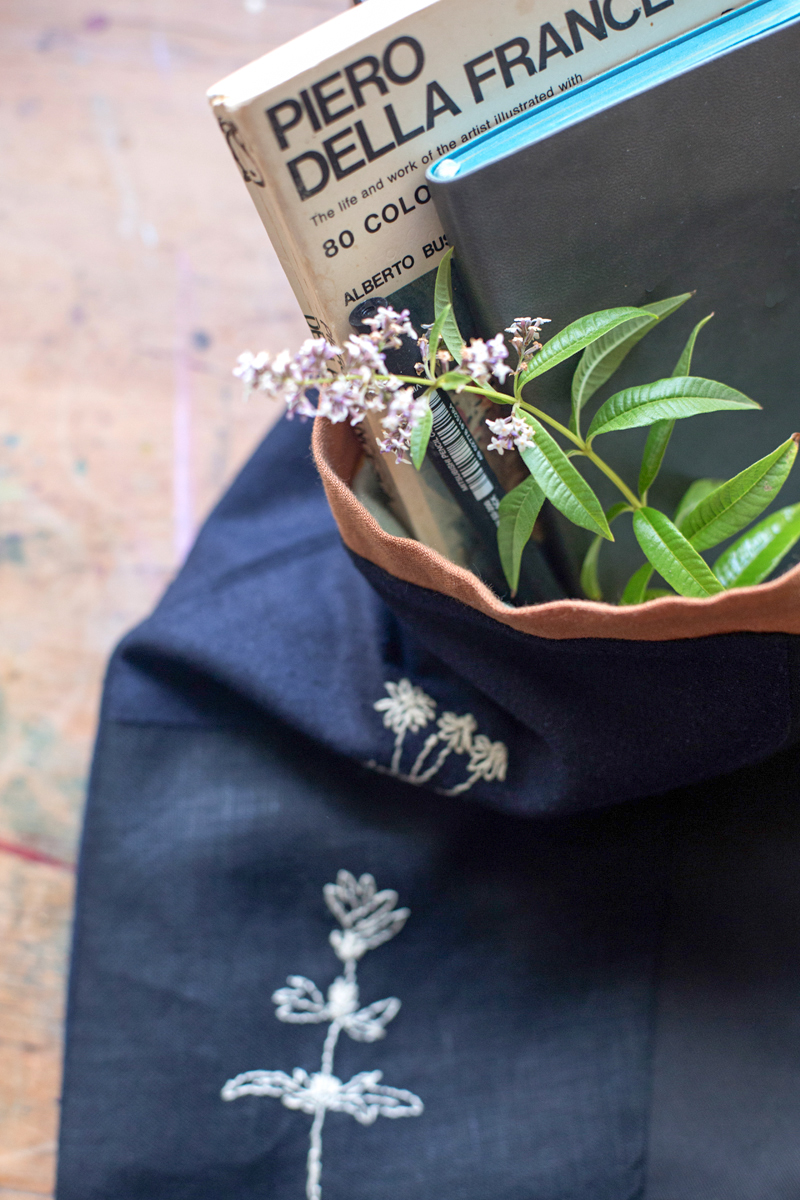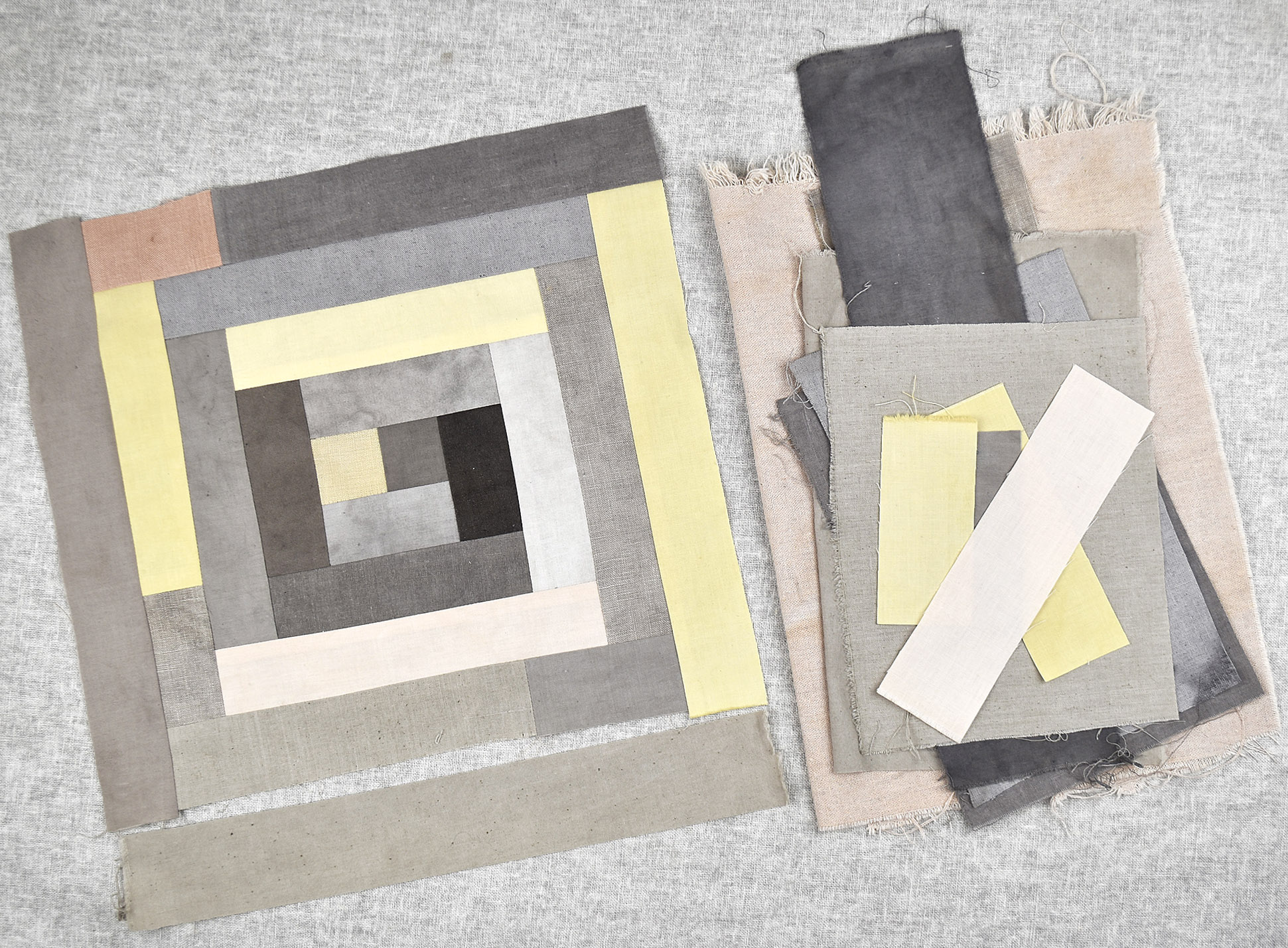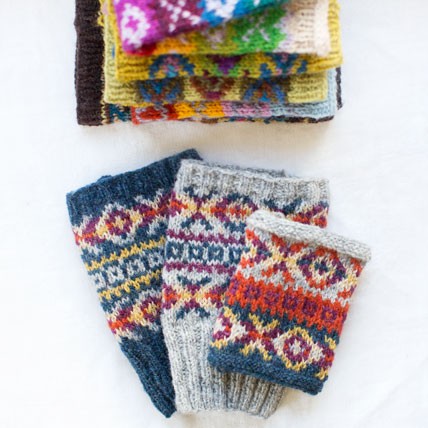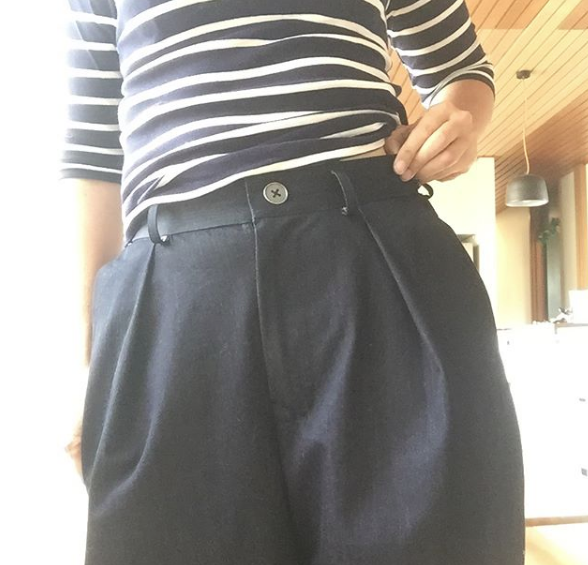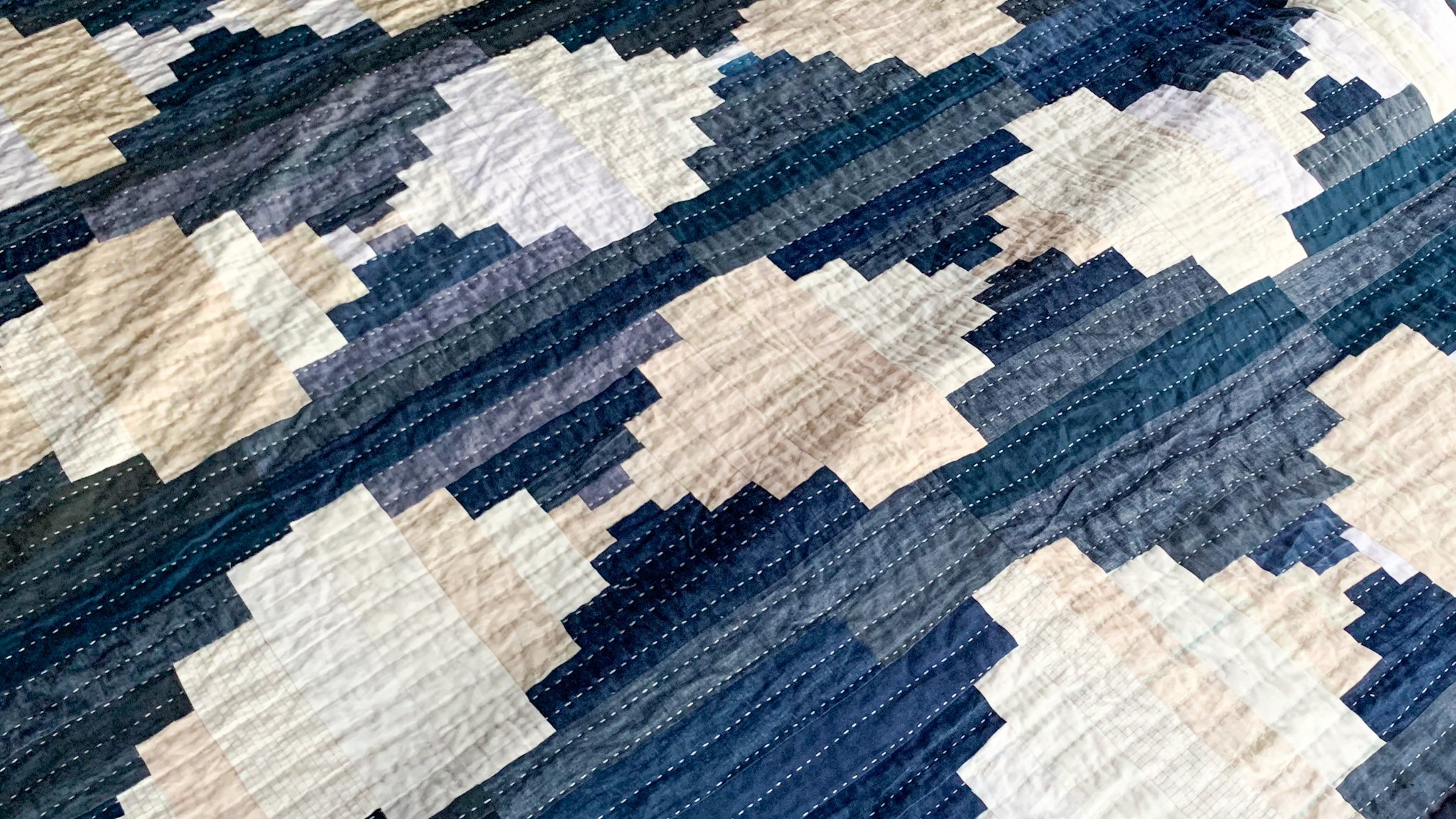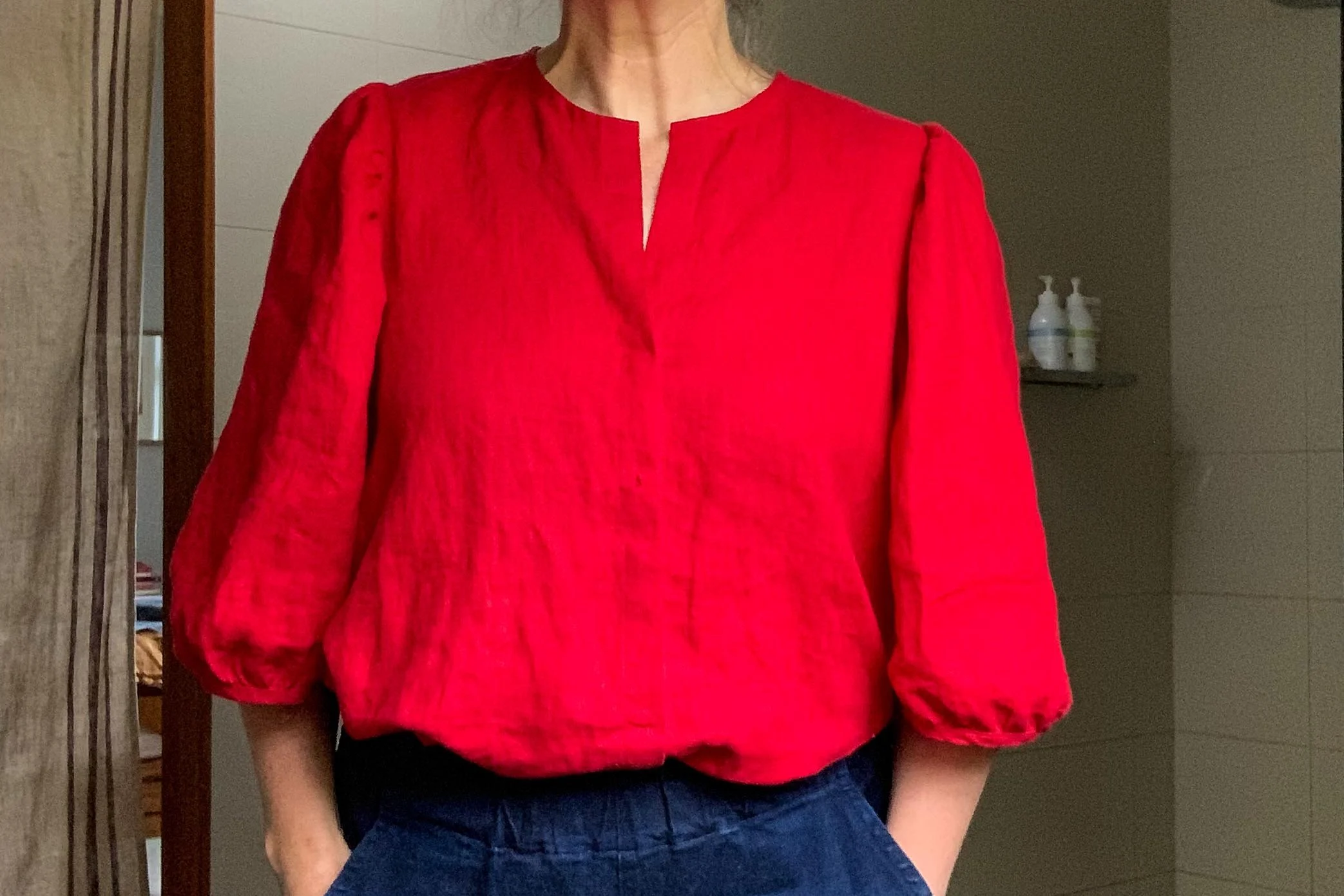Create a gorgeous cushion cover while learning the fundamentals of classic patchwork and machine quilting in this full day workshop with Leslie Keating, a textile artist with over 10 years of quilting experience.
Teacher: Leslie Keating
Workshop Duration: Full Day
Description: The first session of this full day workshop will focus on patchwork using a classic log cabin pattern. We will discuss the basic ‘rules’ of patchwork (and when these rules can be bent or completely discarded) and give an overview of the basic steps, and different methods within, of creating a quilt top - piecing, basting and quilting. Construction of your log cabin cushion cover front will take most of the first session and will include lessons on how to use a rotary cutter and quilting ruler to cut precise strips and sewing accurate seam allowances.
The second half of the session we will learn how to thread baste (pin and spray basting and their uses will also be covered) our log cabin patchwork piece and then discuss different machine quilting pattern options. Once a pattern is chosen, you’ll learn how to mark out the quilting guide lines before moving on to doing the actual machine quilting. We’ll then trim the quilted cushion tops and construct the envelope backing for our cushion cover to complete it.
Materials to bring:
FABRIC
Optional kits are available for $38. These kits are available in either indigo or natural plant dyed colour ways and contain all fabric needed for the cushion cover, including organic cotton batting.
If you’d like to use your own fabric, please bring a variety of lengths/scraps at least 5cm wide. It’s difficult to give an accurate amount of how much fabric you will need as it depends on how many different prints/colours you’d like in your cushion but if buying fabric, to be safe, you’d need roughly a half metre cut (of standard 112cm width or wider) to complete the cushion front - so if you wanted to create a two colour log cabin, you’d bring two 25cm lengths, if you wanted to create a five colour log cabin, you’ll bring five 10cm lengths, etc. In addition, you’ll need a minimum 55cm x 55cm piece of natural fibre batting, a minimum 55cm x 55cm piece of cotton for the patchwork backing (will be the interior of the cushion so not seen) and a 50cm x 75cm minimum fabric piece for the cushion backing (midweight cotton canvas, linen/cotton or linen recommended).
OTHER MATERIALS
Sewing machine
Off-white or light grey 100% cotton thread
Pins
Hand sewing needles
Fabric scissors
A walking foot for your sewing machine is recommended but not absolutely necessary, don’t feel you need to buy one for the workshop but they are a great investment if you plan on doing more quilting projects.
Rotary cutters, rulers and cutting matts will be provided but you are also welcome to bring your own.
Takeaway: You will leave the workshop with a completed log cabin patchwork cushion cover and an understanding of general patchwork and machine quilting techniques and practices for future projects.
Level: Advanced Beginner
Prerequisites: Participants must be comfortable with the basic functions of their sewing machine, including threading, bobbin winding/replacement and straight stitch.
Homework: None




